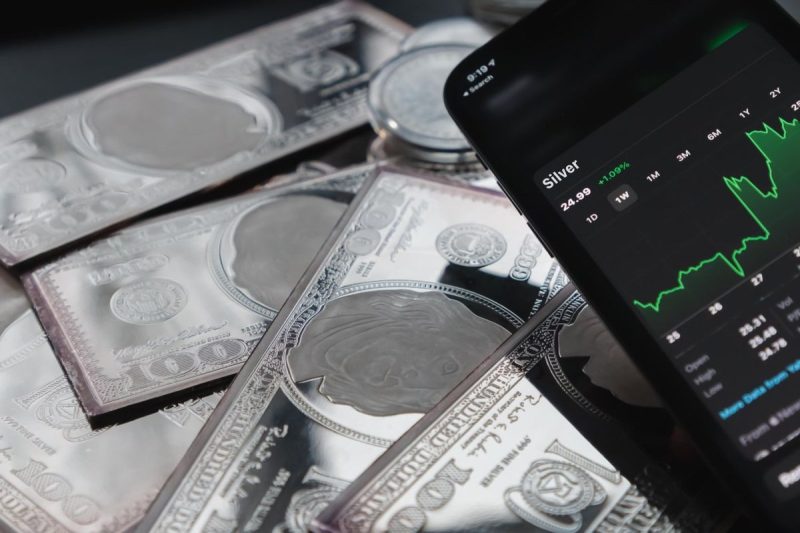The silver market has always been a subject of interest for investors, with its volatile nature and potential for significant price movements. Recently, there has been speculation about the price of silver reaching $100 per ounce by 2024. This prediction has generated a buzz among market watchers and investors alike, prompting a closer look into the factors that could potentially drive silver prices to such heights.
One of the primary drivers behind the potential surge in silver prices is the increasing demand for silver in various industries. Silver is a versatile metal with diverse applications, ranging from industrial uses such as electronics, solar panels, and medical instruments to its traditional role as a store of value and investment asset. As global economies continue to expand and technological advancements drive the need for silver in various sectors, the demand-supply dynamics for silver are expected to tighten, potentially leading to a price increase.
Another factor that could impact silver prices is the monetary policy of central banks and inflationary pressures. In times of economic uncertainty or high inflation, investors often turn to precious metals like silver as a safe haven asset. With central banks around the world pumping trillions of dollars into the economy to stimulate growth, concerns about currency devaluation and inflation are on the rise. As investors seek alternative stores of value, silver could benefit from increased demand, pushing its price higher.
Geopolitical tensions and market sentiment are also crucial determinants of silver prices. Silver, like gold, is often perceived as a hedge against geopolitical risks and market volatility. Any escalation in geopolitical tensions or uncertainty in the global markets could lead investors to flock to safe-haven assets like silver, boosting its price in the process.
On the supply side, silver production is influenced by various factors such as mining output, recycling rates, and government policies. Despite being a precious metal, silver is primarily produced as a byproduct of base metal mining, which makes its supply somewhat dependent on the production levels of base metals. Any disruptions in base metal production could potentially impact silver output, leading to a supply shortage and driving prices higher.
In conclusion, while the prediction of silver hitting $100 per ounce by 2024 might seem ambitious, the underlying factors driving such a bullish outlook are worth considering. With increasing demand from various industries, potential inflationary pressures, geopolitical uncertainties, and supply-side constraints, the case for higher silver prices becomes more plausible. However, it is essential for investors to conduct thorough research and consider the inherent risks before making any investment decisions in the silver market.
